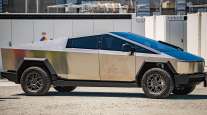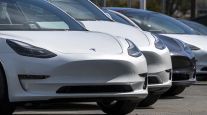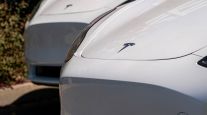CATL Works With Tesla on Fast-Charging Cells
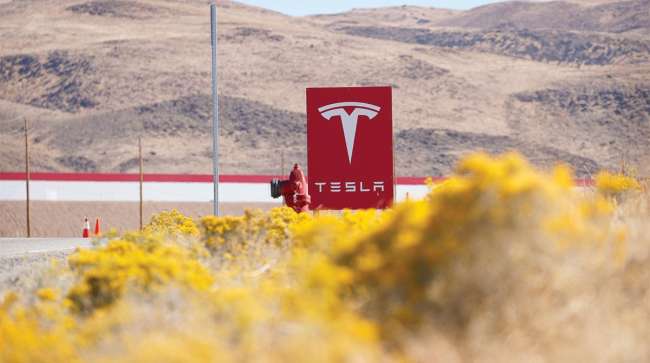
[Stay on top of transportation news: Get TTNews in your inbox.]
Contemporary Amperex Technology Co. Ltd. is working on faster charging batteries for Tesla Inc. as Elon Musk’s automaker seeks to defend its market share and roll out an electric car for under $25,000.
“There’s always room for cost reduction depending on what the $25,000 car’s aim is,” Robin Zeng, the billionaire chairman of the world’s biggest battery maker, said in a wide-ranging interview with Bloomberg News in Hong Kong on March 25. “If it’s for robotaxis, we don’t have to worry about the cost reduction for each cell as our batteries have a longer life cycle and so their average cost is actually lower.”
Zeng, 56, also confirmed that CATL is supplying machinery to Tesla’s factory in Nevada. Bloomberg reported last month that Tesla plans to expand battery production in Nevada, opening a small facility using idle equipment from CATL, according to people familiar with the matter.
The two electric vehicle heavyweights — Zeng described Musk as “super energetic, and I am way behind him” — are also working together on battery technologies, in particular new electrochemical structures, to allow for faster charging, he said.
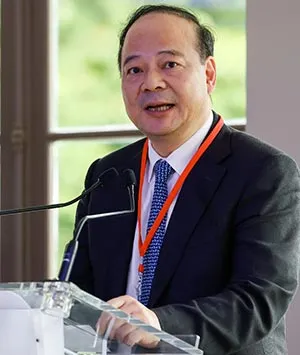
Robin Zeng expressed bullishness about CATL's licensing, royalty and services model. (CATL)
Besides top customer Tesla, CATL also serves automakers such as BMW AG, Mercedes-Benz Group AG and Nio Inc. with its lower-cost but durable cells that contain lithium-iron-phosphate. Its grip on battery supply both within and outside China has meant estimate-beating revenue growth even as an oversupply of electric vehicles worldwide looms. Nonetheless, the Chinese company is effectively barred from selling in the U.S. directly, which it’s attempting to circumvent by licensing battery-making technology to partners and charging a royalty fee.
Zeng expressed bullishness around CATL’s so-called licensing, royalty and services model and added that the company plans to train engineers from Ford Motor Co., for example, by inviting them to CATL’s headquarters in Ningde, Fujian in China or to Germany, where it also has a plant. CATL is in talks with around 10 to 20 other automakers in the U.S. and Europe regarding a similar arrangement, Zeng said, without elaborating.
Ford in February 2023 struck a deal to license CATL’s technology to build batteries at a Michigan plant owned by the U.S. automaker. That project has attracted scrutiny and criticism from Republican lawmakers, who argue the company is influenced by the Chinese government and could undermine U.S. interests.
The Ford-CATL plant is on track to start production by the end of 2026. But its planned capacity has shrunk to about 20 gigawatt hours, Zeng said, down from the 35 GWh reported earlier last year.
As America pushes back on companies like CATL and Chinese EV maker BYD Co. for their grip on the electric vehicle supply chain, Zeng said having a trusted partner that transcends geopolitics matter most. President Joe Biden’s signature climate law has allocated some $370 billion in funding to help the U.S. set up a comprehensive EV production and supply chain to compete with China.
Want more news? Listen to today's daily briefing above or go here for more info
“Geopolitics is very complicated for us business managers but what matters most is client trust that transcends short-term governments and political disturbances,” said Zeng. “Actions speak louder than words.”
With the licensing model the only real way for CATL to compete in the U.S., the battery behemoth is eyeing building out production capacity in more friendly regions, such as Europe and Southeast Asia, Zeng said. He called for better efforts by stakeholders when it comes to “open innovation” and allowing companies access to the world’s best batteries.
And while CATL does have plans for a secondary listing, its healthy cash flow means there’s no big rush to raise more funding immediately and dilute existing shareholders, Zeng said.


